In the evolving world of smartphone technology, tools like eSIMs and R-SIMs have emerged as two innovative solutions that simplify how we connect and use our devices. However, what sets them apart? If you’ve ever wondered, ‘What is the difference between eSIM and R-SIM?’ you’re not alone
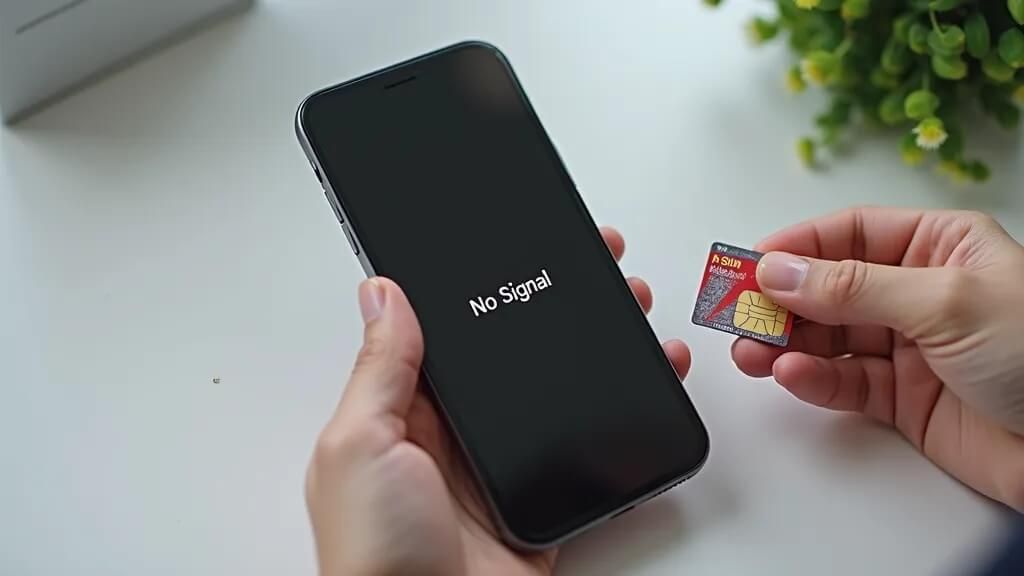
What is an R-SIM Card?
An R-SIM card is a small, ultra-thin chip designed to unlock locked iPhones to work with any carrier. The device is inserted into the SIM card tray of your iPhone together with the regular SIM card. Its primary purpose is to bypass carrier restrictions, allowing the phone to function with various networks.
The R-SIM works by utilizing pre-programmed or dynamic ICCID (Integrated Circuit Card Identifier) codes codes, tricking your iPhone into recognizing the new network as compatible. Think of it as a “bridge” between your locked phone and the freedom to switch carriers effortlessly.
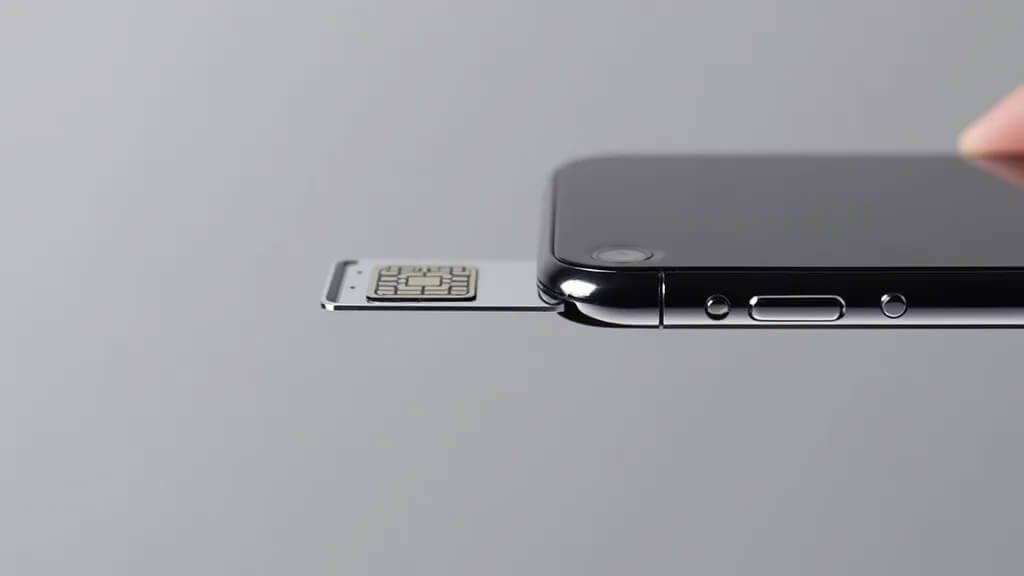
How Do R-SIM Cards Work?
The technology behind R-SIM cards is simple yet clever. Here’s how it works:
- ICCID Technology: R-SIM cards come preloaded with ICCID codes that mimic the carrier’s authentication.
- Physical Installation: When inserted with your regular SIM, the R-SIM acts as a link between the iPhone and the network.
- Carrier Compatibility: Your iPhone sees the R-SIM as part of the carrier’s network, giving access to calls, texts, and mobile data.
- Manual Configuration: This usually involves users manually entering the updated ICCID code or the device setting for it to work correctly.
Even though useful, R-SIM cards are not perfect and may require technical knowledge for setup and troubleshooting.
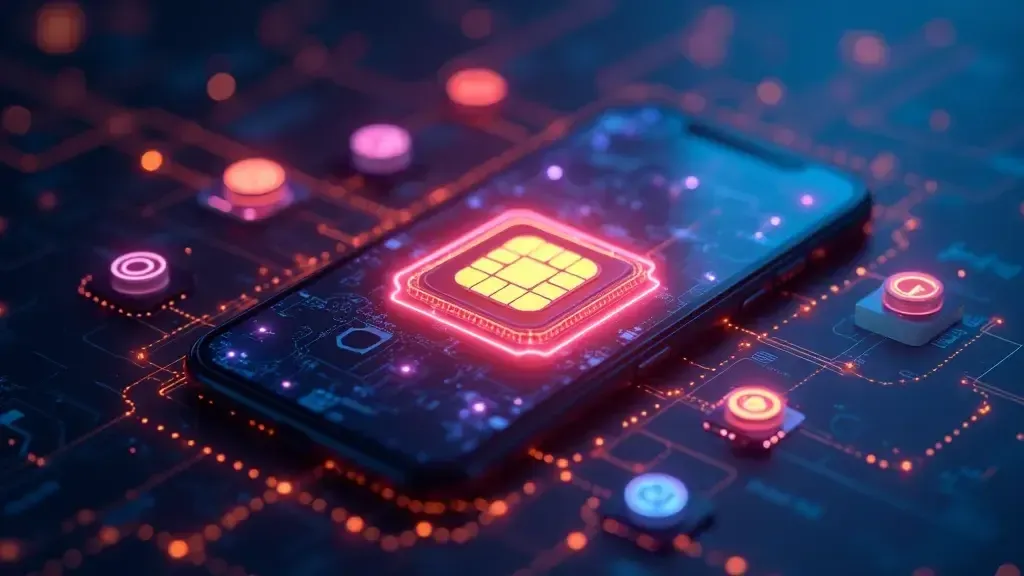
Top Advantages of Using R-SIM Cards
Using an R-SIM card offers many advantages, making it a popular solution for users who need to unlock their devices quickly and cheaply. Here’s why this small chip has become so popular:
- Affordable Solution: R-SIM cards are much cheaper than other unlocking methods like factory unlock services, making them best for budget-conscious users.
- Warranty-Safe: Since R-SIMs don’t require jailbreaking your device, they don’t cancel your iPhone’s warranty, making sure peace of mind.
- Versatile Compatibility: Compatible with a wide range of iPhone models and iOS versions, R-SIMs offer flexibility for most users.
- Effortless Setup: Installing an R-SIM takes only a few minutes, and there is no need for technical skills or special tools.
- iOS-Ready: R-SIM manufacturers often release updates to ensure compatibility with the latest iOS versions, keeping your device future-proof.
- Quick Activation: Access to your preferred network with an R-SIM is as quick as that - almost instant activation.
- Travel-Friendly: Frequent travelers benefit from R-SIMs by using local SIM cards in their locked iPhones without getting roaming charges.
- Reusable Design: R-SIMs can be removed and reused on other devices, offering great value for money.
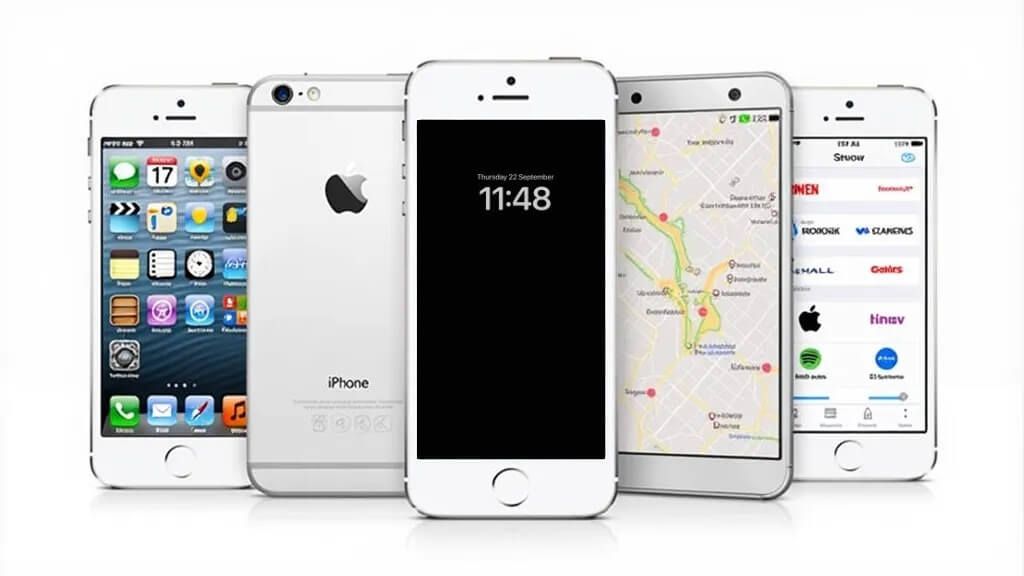
The Hidden Drawbacks of R-SIM Cards You Should Know
Despite their many advantages, R-SIM cards are not without flaws. Here’s what you need to be aware of:
- Device Limitation: R-SIMs may not work on all iPhone models or with certain carriers, especially if they have strict security rules.
- Manual Updates: Users often need to update the ICCID codes manually, which can be annoying.
- Temporary Unlocks: Unlike factory unlocking, R-SIMs provide a temporary unlock. Thus, a software update could make them ineffective.
- Shipping Delays: Since R-SIM cards are physical products, delivery times can vary based on your location.
- Risk of Hardware Issues: Improper installation or low-quality R-SIMs can lead to hardware malfunctions or poor network performance.
- Increased battery usage: Many users experience increased battery consumption, reportedly because the R-SIM keeps communicating with the iPhone.
- Inconsistent Reliability: While R-SIMs work for many, they are not foolproof and can sometimes fail to unlock devices.
iPhone with R-SIM: A Simple Step-by-Step Guide
Unlocking your iPhone with an R-SIM card is easy. Follow these steps:
- Buy a Compatible R-SIM: Make sure the R-SIM is compatible with your iPhone model and iOS version.
- Insert the R-SIM: Place the R-SIM chip into the SIM tray alongside your regular SIM card.
- Enter the ICCID Code: Follow the on-screen instructions to enter the required ICCID code.
- Reboot Your iPhone: Restart your device to apply the settings.
- Test the Network: Make a call or send a text to confirm the network is active.
Troubleshooting Common R-SIM Issues
R-SIM cards are generally easy to use, but occasional issues can arise. Here’s how to solve some of the most frequent problems:
- Invalid ICCID Code: Ensure the ICCID code you’re entering is correct. If it doesn’t work, search online for updated codes, as carriers often change their security rules.
- No Signal: Check that the R-SIM is properly placed in the SIM tray. Restarting your iPhone fixes this issue.
- Network Drops: Weak connections can happen if your iOS version isn’t compatible with the R-SIM. Update your device and reset network settings for better performance.
- Activation Errors: Always check that your R-SIM is compatible with your iPhone model and carrier to avoid setup problems.
Alternatives to R-SIM Cards: Which Option is Best for You?
If R-SIM isn’t the best solution for you, here are other options worth considering:
-
Factory Unlock Services: A lasting and official method to unlock your iPhone, offering freedom to use any carrier. However, it’s reliable but can be expensive.
-
Software Unlocks: This option changes your iPhone’s software to unlock it. Although cheaper, it can cancel your warranty or cause issues if not done correctly.
-
Dual SIM or eSIM Support: Modern iPhones support dual SIMs or eSIMs, providing easy carrier switching without extra hardware.
-
Carrier-Specific Plans: Some carriers offer temporary unlocking or international plans for travelers, providing short-term flexibility.
-
Local Prepaid SIMs: An affordable solution for travelers who want low-cost data and calls in another country, but it requires an unlocked device.
-
Third-Party Hardware Solutions: Similar to R-SIMs, devices like Gevey SIMs can unlock iPhones, though consistency varies.
-
eSIM Technology: A built-in digital SIM that allows easy carrier switching. It’s convenient but requires a compatible phone and carrier.
🔑 Your Better Alternative to R-SIM Cards is Here! 🔑Tired of dealing with the complications of R-SIM cards? Yoho Mobile eSIM is designed to make your life easier: - Activate Instantly: Forget the wait—your eSIM is ready in minutes. - Travel with Ease: Stay connected wherever you go with global support. - Save Money: No extra hardware, no hidden fees—just affordable plans. - No Glitches: Reliable, seamless performance every time. 🎁 Exclusive Offer for You: Save 12% on your first eSIM purchase with code YOHOREADERSAVE at checkout. Keep your travels simple—switch to the smarter choice today! |
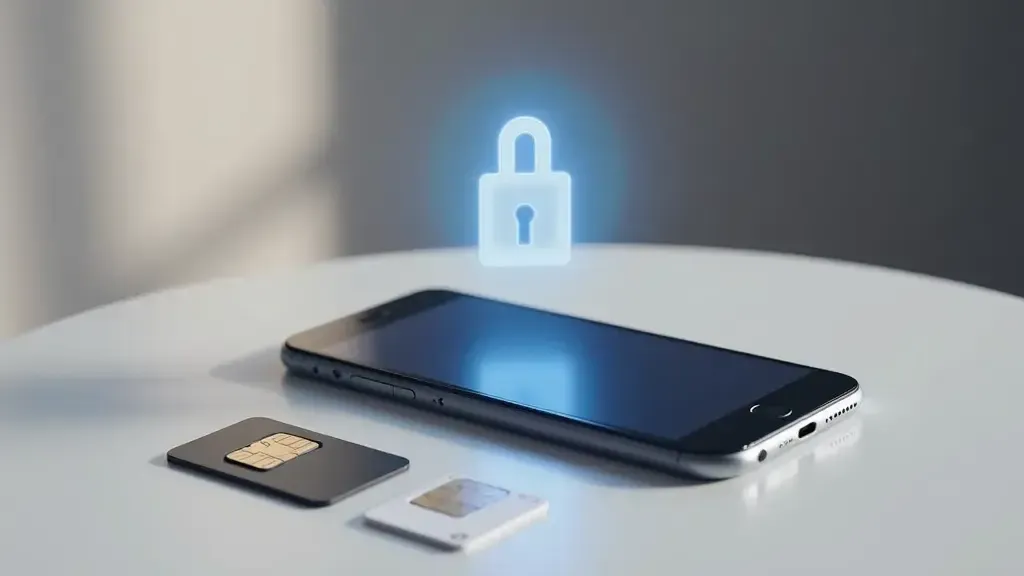
Frequently Asked Questions About R-SIM Cards
Does R-SIM work with eSIM?
No, R-SIM cards work only in physical SIM slots. They can’t work with eSIMs, which are digital and embedded in the device’s hardware.
What is the difference between eSIM and R-SIM?
An eSIM is a digital SIM built into the device. It lets you switch carriers without any hardware. In contrast, an R-SIM is a small physical chip used to bypass carrier locks on certain iPhones, enabling the use of different carriers. Also, you may be interested to know how an eSIM differs from a conventional SIM card.
Are R-SIM cards legal?
Yes, R-SIM cards are legal, do not change your iPhone’s hardware or software. They just unlock carrier restrictions by acting as an intermediary.
Can an R-SIM damage my iPhone?
Though rare, issues may arise from a poorly made or installed R-SIM. This could cause minor hardware malfunctions.
Do R-SIMs work on all carriers?
Not necessarily. Some carriers implement stricter security measures, which can prevent R-SIMs from functioning effectively on their networks.
Is eSIM better than R-SIM?
eSIMs are more convenient and reliable. They allow easy switching between carriers without physical components. However, they require a compatible device and a carrier that supports eSIM technology.
Conclusions
R-SIMs offer a quick and cheap way to unlock iPhones. They work by tricking the phone into accepting different networks. But, they aren’t perfect, you may need to update codes and they might not always work. eSIMs, on the other hand, are built-in and easier to manage. They let you switch carriers digitally, without extra chips. If your iPhone supports it, eSIM is generally more reliable. However, if you need a low-cost and fast unlock solution, R-SIM can be an option if you are aware of its limitations.
